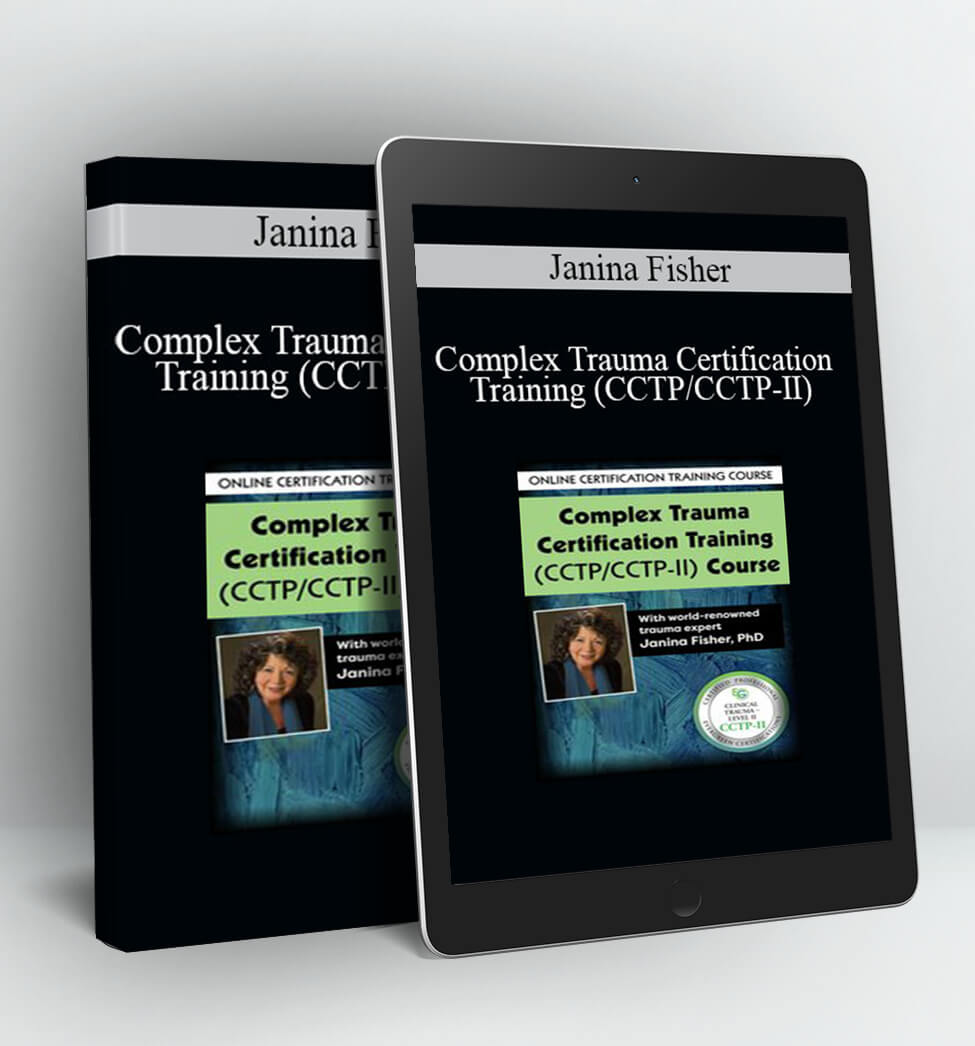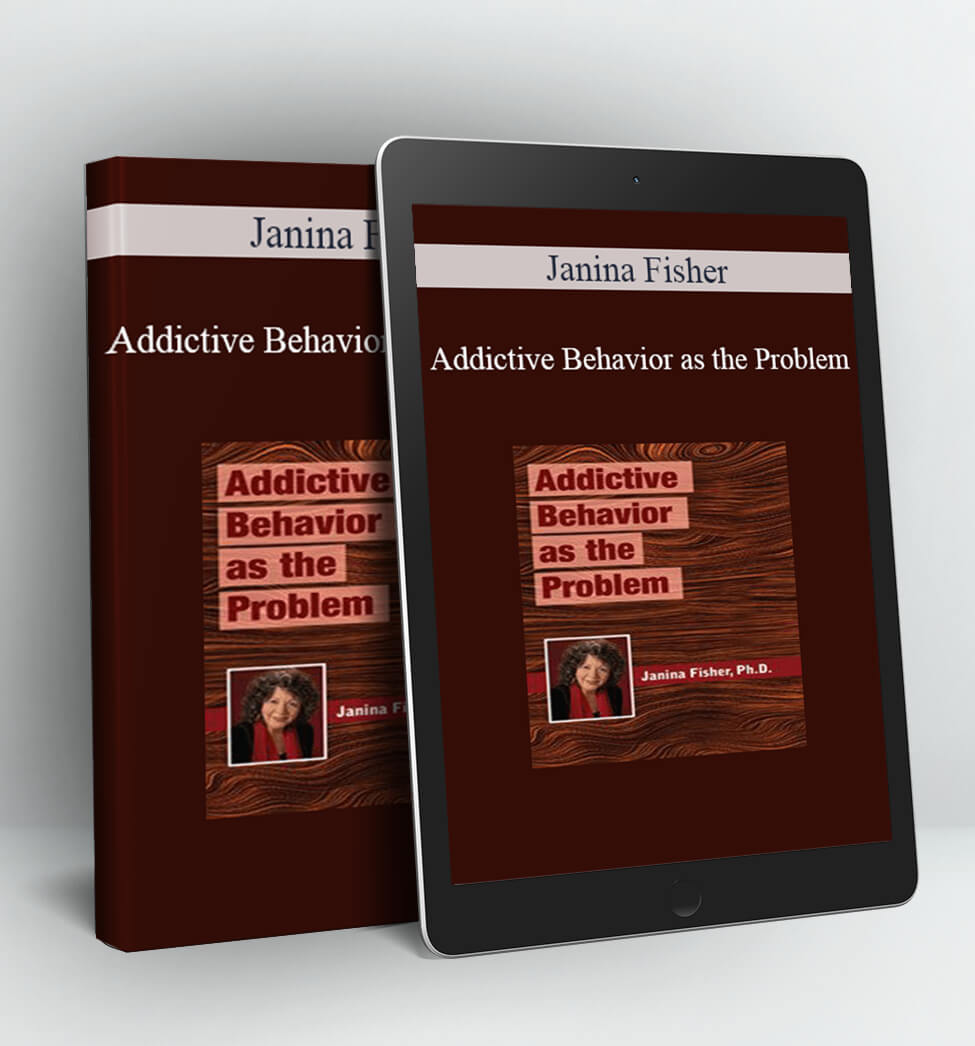
2-Day Certificate Workshop: Shame and Self-Loathing in the Treatment of Trauma – Janina Fisher
Shame… have you noticed how it sticks like super glue to our clients and acts as a barrier to trauma resolution?
Even after effective trauma treatment, shame and self-loathing can interfere with our clients’ full participation in life.
Watch world-renowned complex trauma and attachment expert Janina Fisher, PhD, as she reveals today’s most effective modalities for treating shame and self-loathing in trauma clients.
The body-oriented interventions featured in this certificate recording will help clients relate to their symptoms with mindful dual awareness and curiosity so that, when integrated with traditional psychodyanamic, cognitive-behavioral, and EMDR techniques, issues of shame can become an avenue to transformation rather than a source of stuckness.
If you are frustrated with the lack of treatment success with traumatized clients with chronic shame, this live webcast will provide the solutions for long-term healing.
Key Benefits:
- Discover how shame complicates trauma treatment and how addressing shame can help you expedite recovery.
- Help clients get unstuck, transform shame, and improve treatment outcomes.
- Teach clients to manage shame without resorting to destructive measures.
- Reduce judgmental thoughts and reactivity with mindfulness.
- Cultivate secure self-attachment and self-acceptance.
- Build resiliency to shame with interventions based on empathy, forgiveness and compassion
- Describe the neurobiological effects of traumatic experience.
- Recognize role of autonomic arousal in exacerbating symptoms.
- Identify animal defense survival responses in trauma clients.
- Evaluate the effects of shame and self-loathing symptoms, and identify how these symptoms inform treatment interventions.
- Determine the impact of the neurobiological effects of shame observed in clinical practice.
- Evaluate cognitive schemas and its clinical implications.
- Articulate the principles of Sensorimotor Psychotherapy and how they relate to clinical treatment.
- Apply simple yet effective clinical interventions drawn from Sensorimotor Psychotherapy to alleviate shame symptoms in clients.
- Utilize cognitive-behavioral techniques to reframe shame-based cognitive schemas.
- Integrate mindfulness-based techniques to inhibit client’s self-judgement.
- Describe a somatic approach to resolving chronic shame.
- Implement ego state techniques to challenge and re-contextualize chronic shame.
The Neurobiology of Shame
- The role of shame in traumatic experience
- Shame as an animal defense survival response
- Effects of shame on autonomic arousal
- Why shame can be treatment-resistant
- Limitations of research & potential risks
Shame and Attachment: Its Evolutionary Purpose
- Shame and the attachment system
- Rupture and repair of shame states in attachment formation
- What happens to shame without interpersonal repair
- Shame as a defensive response to traumatic attachment
The Meaning of Shame in the Treatment of Trauma
- Trauma and procedural learning
- Shame as a survival strategy
- Implicit memory of disgust, degradation and humiliation
- Shame-based meaning-making
- Cognitive schemas that exacerbate shame
- Vicious circle of shame
- Vicious circle of shame and anger Internal working models
Treating Shame
- Why shame is hard to overcome
- Sensorimotor Psychotherapy: physiological state as the entry point for treatment
- Mindfulness-based techniques to combat trauma responses
- Regulate shame states with somatic interventions
- Use mindfulness interventions to inhibit self-judgment
- Work with shame as implicit memory
- Work with shame-based cognitive schemas
Healing Shame: Acceptance and Compassion
- Dis-identifying with the shame
- Re-contextualize shame as a younger self or part
- Shame and the Structural Dissociation model
- Getting to know our “selves”
- Recognize the role of critical voices and judgmental parts
- Dual awareness of who we are now and who we were then bringing our adult compassion to our childhood vulnerability
Healing Shame in the Therapeutic Relationship
- How can we use therapy to ‘repair’ shame states?
- The role of therapeutic empathy
- Therapists as neurobiological regulators
- The social engagement system in trauma recovery
- Incorporate playfulness, acceptance and curiosity










